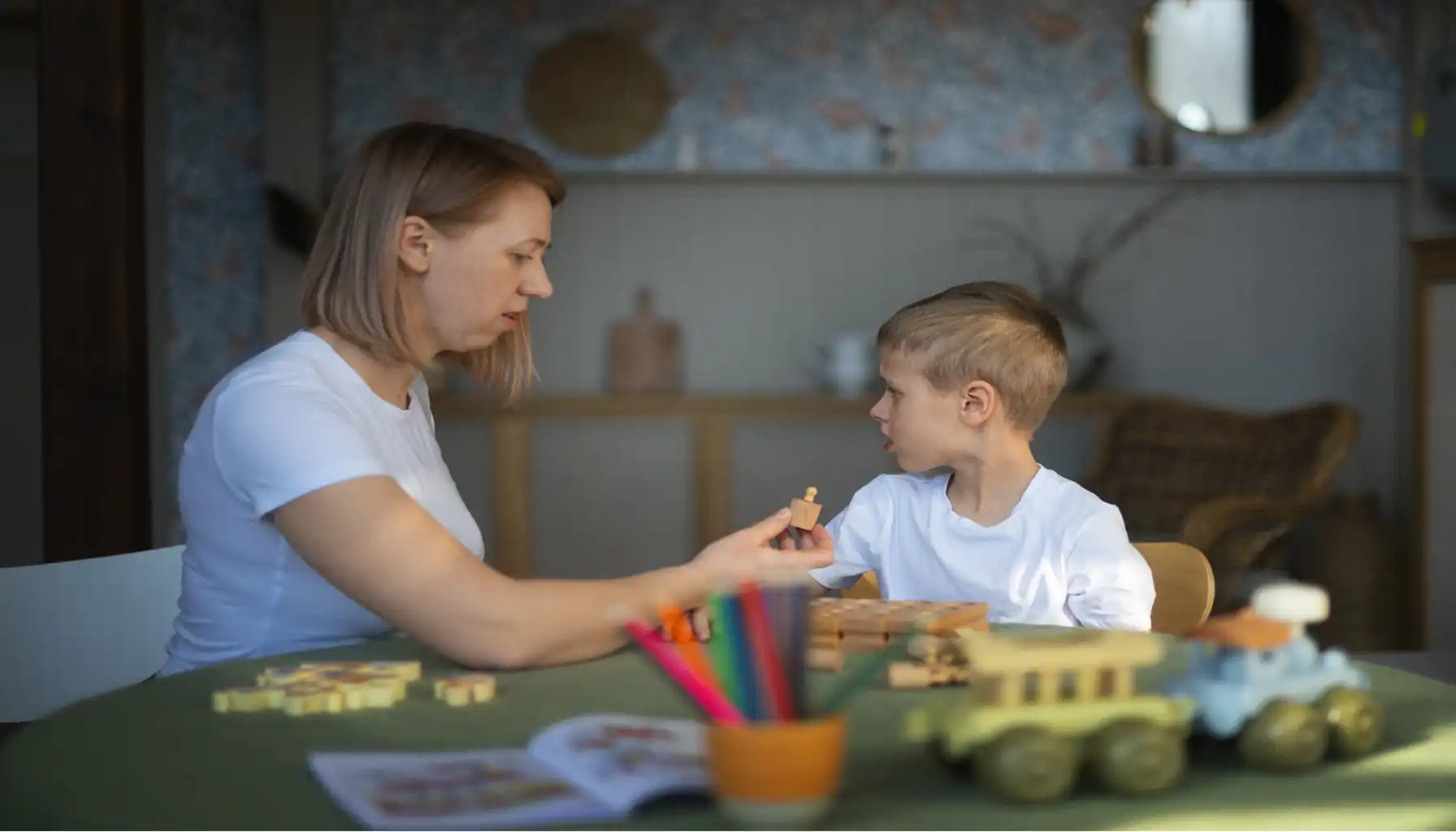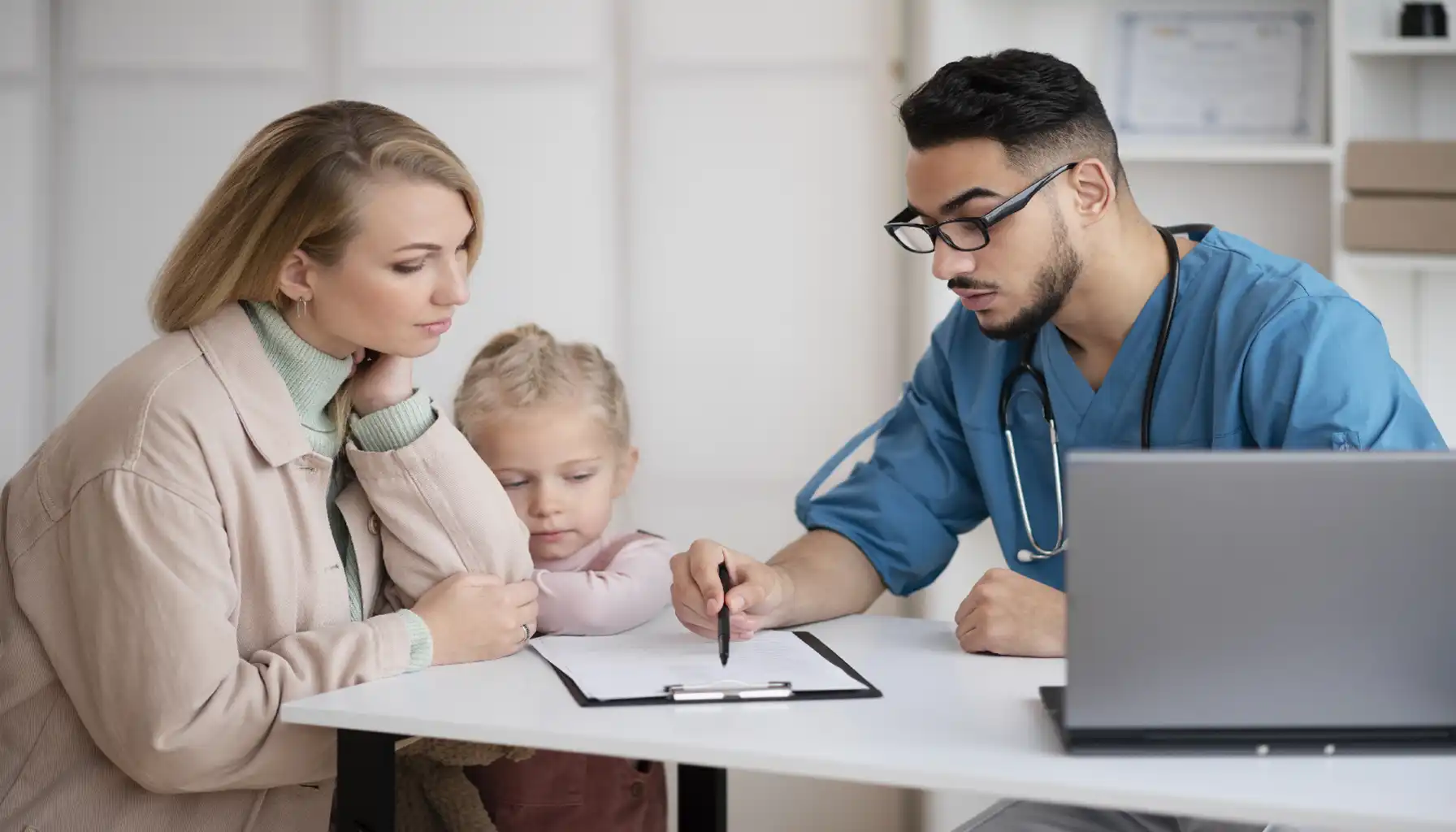Can Autism Be Detected Early? Signs, Screening & Next Steps

Contents:
Autism Spectrum Disorder (ASD) is a complex neurodevelopmental condition that affects how individuals communicate, interact, learn, and behave. A common question parents often ask is, "How soon can autism be detected?"
The encouraging news is that autism can be detected as early as 18 months of age, and sometimes even earlier, by experienced professionals observing specific developmental patterns. Use brain exercises to make your mind more flexible.
Can Autism be Detected Before Birth?
A frequently asked question concerns prenatal detection: Can autism be detected during pregnancy? - Currently, there is no medical test that can definitively answer. Scientists are exploring various avenues, including genetic factors.
While certain genetic conditions are associated with a higher likelihood of autism, there isn't a single "autism gene" that can be identified through genetic testing to diagnose ASD prenatally. Genetic testing can sometimes reveal broader chromosomal abnormalities or specific syndromes that have a strong link to autism, but it does not directly detect autism itself.
Similarly, "can autism be detected in a brain scan" prenatally is not possible as a diagnostic tool for ASD. The focus of early detection remains on developmental observation after birth.

How Can Autism be Detected Before Age 2? Signs From 0-18 Months
Parents and caregivers are typically the first to notice subtle differences in a baby's development. Understanding "how early can autism be detected in babies" involves observing key social and communication milestones. While every child develops at their own pace, consistent absence or delay in certain behaviors can be red flags.
Age Range | Social/Emotional Red Flags | Communication Red Flags | Behavioral Red Flags |
0-6 Months | Limited eye contact or rarely looking at faces. | Not babbling or cooing. | Not reaching for objects. |
Not smiling or showing joyful expressions by 6 months. | Not responding to their name by 6-9 months. | Lack of varied facial expressions. | |
6-12 Months | No back-and-forth sharing of sounds, smiles, or other facial expressions. | No babbling by 9 months. | Repetitive movements (rocking, hand flapping). |
Not responding to their name consistently. | Not pointing or showing objects to others by 12 months. | Unusual reactions to sounds, sights, or textures. | |
Lack of joint attention (not looking where you point). | No gestures (waving, pointing) by 12 months. | Excessive fussiness or calmness. | |
12-18 Months | No reciprocal social interaction (not playing peek-a-boo). | No single words by 16 months. | Repetitive play (lining up toys). |
Lack of interest in other children. | Loss of previously acquired words or babbling. | Fixation on parts of objects. | |
Not imitating actions or sounds. | Not following simple instructions. | Difficulty with changes in routine and the absence of focus. |
However, if multiple signs are observed, especially if they persist or worsen, seeking professional advice is crucial. This vigilance helps determine "how early autism can be detected" in a child.

Signs: Can Autism be Detected Before the Child Reaches Age 2 and After?
This period is critical for early intervention. Here are some common signs observed in toddlers:
Social Interaction Challenges:
Limited or no eye contact, even when spoken to directly.
Difficulty understanding social cues, such as facial expressions or tone of voice.
Not sharing enjoyment or interests with others (e.g., not bringing a toy to show you).
Preferring to play alone rather than with peers.
Lack of imaginative or pretend play.
Communication Difficulties:
Delayed speech development or absence of speech.
Repetitive use of language (echolalia), such as repeating words or phrases heard from others.
Difficulty initiating or sustaining conversations.
Using unusual tone, rhythm, or pitch when speaking.
Not understanding jokes, sarcasm, or figures of speech.
Repetitive Behaviors and Restricted Interests:
Engaging in repetitive physical movements (stimming) like hand flapping, rocking, or spinning.
Strong attachment to routines and significant distress when routines are disrupted.
Intense, focused interests on specific topics or objects, often to the exclusion of others.
Unusual reactions to sensory input (e.g., being overly sensitive to certain sounds, textures, or lights, or showing an unusual lack of response to pain or temperature).
Lining up toys or objects in a very specific order.
"At what age can autism be detected in a child?" - While 18 months is the earliest, many diagnoses occur between ages 2 and 3, as communication and social demands increase.

At the same age the first signs of ADD and ADHD can be noticed.
Screening and Diagnosis
If you have concerns about your child's development, the first step is to consult with your pediatrician. For autism, specific screening tools are used.
Professional Screening Tools
One of the most widely used screening tools for toddlers is the Modified Checklist for Autism in Toddlers, Revised, with Follow-up (M-CHAT-R/F). This is a parent-completed questionnaire that can identify children at risk for ASD. It is typically administered at 18 and 24 months during well-child visits.
You can take many other tests via the Mind Elevate app for free.
The Diagnostic Process
If a screening tool indicates a potential risk, your child will be referred for a comprehensive diagnostic evaluation.
Detailed Developmental History: Gathering information about your child's milestones, behaviors, and any family history.
Observation: Observing your child in various settings to assess their social interactions, communication skills, and play behaviors.
Standardized Assessments: Using specific diagnostic tools like the Autism Diagnostic Observation Schedule (ADOS-2) and the Autism Diagnostic Interview-Revised (ADI-R).
Medical Evaluation: Ruling out other medical conditions that might explain the observed behaviors.
Why Early Diagnosis Leads to Better Outcomes
Pros of early diagnosis and intervention include:
Improved Communication Skills: Early speech and language therapy can help children develop verbal and non-verbal communication abilities.
Enhanced Social Skills: Behavioral interventions can teach children how to interact more effectively with others, understand social cues, and build relationships.
Reduced Challenging Behaviors: Early support can address and reduce repetitive behaviors, sensory sensitivities, and other challenging behaviors that might interfere with learning and daily life.
Better Academic Performance: Interventions can help children develop foundational skills necessary for success in school subjects like math.
Increased Independence: By building a range of skills, children with autism can achieve greater independence in their daily lives.
Family Support: An early diagnosis provides families with access to resources, support groups, and guidance on how to best support their child.

Autism Detection in Adults
While this article primarily focuses on early detection in children, it is worth noting that autism can also be diagnosed in adulthood. Many adults, particularly women, may have gone undiagnosed in childhood because their symptoms were subtle, masked, or misunderstood. If an adult recognizes traits in themselves or has a child diagnosed with autism, they might explore a diagnosis for themselves.
There is a Solution
While answers for "can ASD be detected in the womb" are not currently possible, significant strides have been made in identifying signs in infancy and toddlerhood. At the same time, "Can autism be detected in genetic testing?" - yes, and acting on that knowledge can profoundly improve the lives of individuals on the autism spectrum, helping them thrive and participate more fully in their communities.





